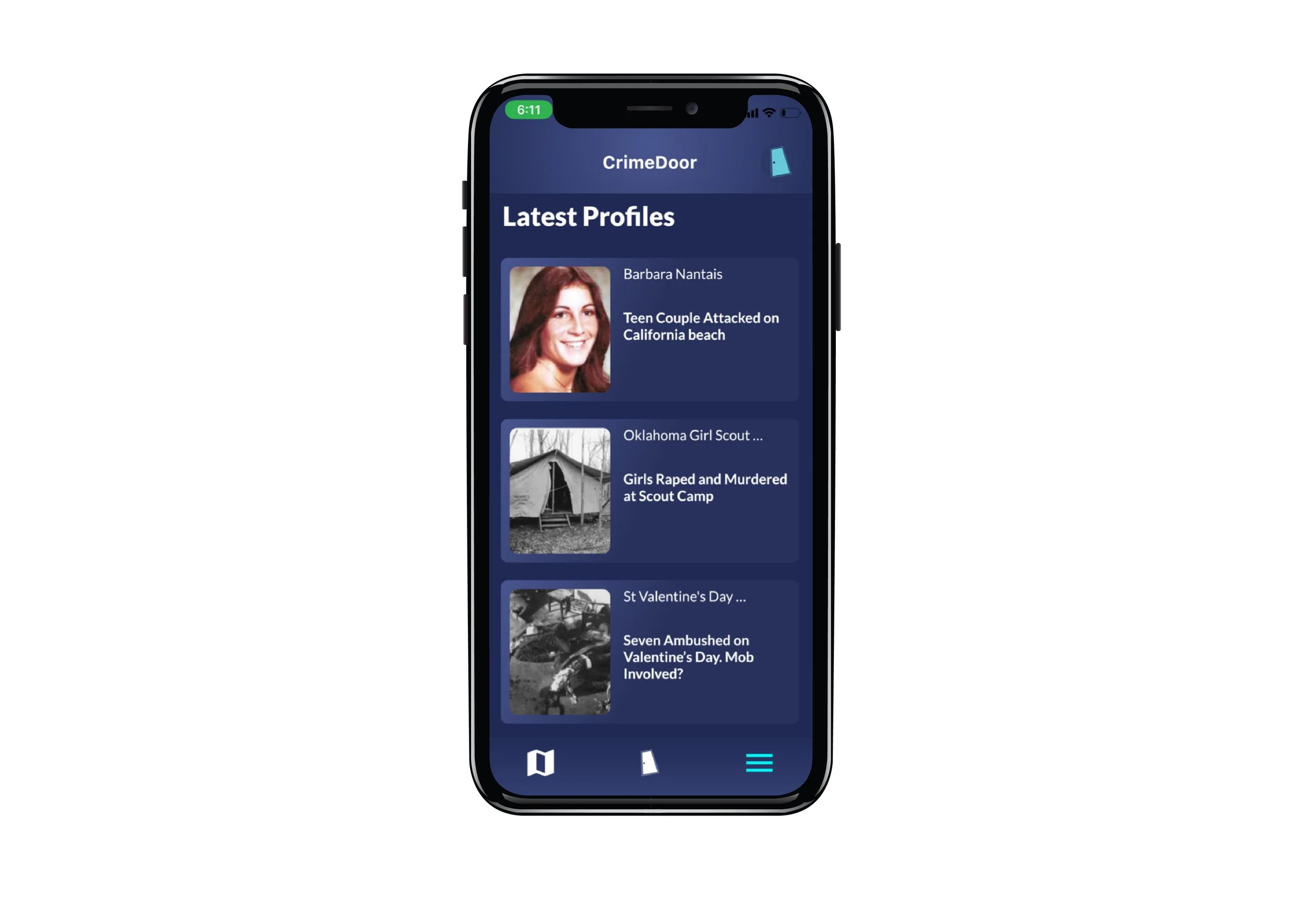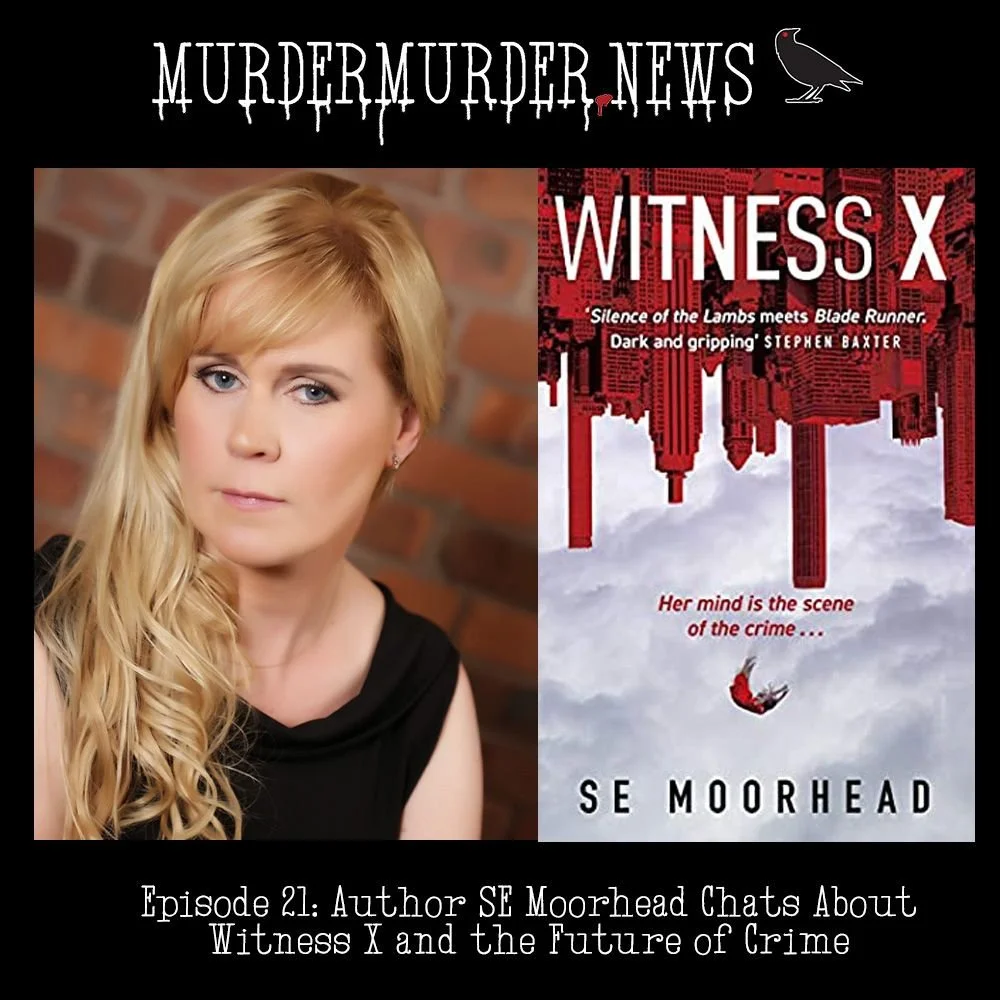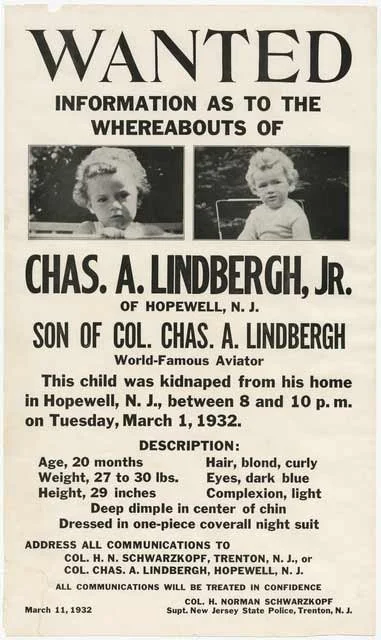CrimeDoor Interview: All About the App
Serving as an informational database of over 1,000 true crime cases (and counting), CrimeDoor is the must-have app for true crime fans and cyber sleuths everywhere. CrimeDoor aims to bring awareness to true crime cases from the past and the present and even aid in solving cases that have otherwise gone cold, and they amplify their users' experiences by offering virtual crime scene walkthroughs via revolutionary augmented reality (AR) technology. To learn more about the ins and the outs of the app and the company as a whole, I spoke with Zig Gauthier, CrimeDoor’s Executive Vice President of Operations, Strategy and Development; Evan Fisk, the company’s Senior Vice President of Marketing; and Erika Glass, CrimeDoor’s Content Coordinator (and social media extraordinaire).
Tell me about CrimeDoor— what is the company’s goal and what can we expect from the app?
Evan Fisk: We want to build the number one true crime platform that can exist and the way that we’re doing that is first and foremost by gathering and curating information sources from all over the internet into one place so you can find information about a case, a crime, and unsolved murder or mystery that you want to dig into deeper. I think CrimeDoor is a place to gather and consolidate [information on true crime cases] all into one place. There’s a number of ways that we do that: there’s original content, fantastic partnerships with creatives— whether it’s on social media or podcasts— and I think our biggest and I think our augmented reality (AR) offerings are super important because we’re able to essentially recreate crime scenes (full 3D) with great accuracy. So you’re not just reading about what happened— you can see it; you can walk through it; you can use your phone to lean in, bend down, walk around objects and really see how these things happen.
Zig Gauthier: I think there’s obviously a lot of interest in true crime and we want to harness that interest in true crime fans in doing things that are good— like solving cases, partnering with families, partnering with foundations, and hopefully bringing justice and closure to a lot of those people out there.
What blueprint did CrimeDoor use to build the crime scenes that are offered on the app?
EF: We build it ourselves and before we start 3D modeling and designing things, it really starts with research. We start with the victim’s story— never to glorify the killer but really to tell the story of someone who was affected. From there, we look at connections that we have with law enforcement, publicly available records, crime scene photos, and first hand sources so we can understand if there’s actually enough information to portray the scene that we have. So it starts with research, 2D understanding, we build it in 3D and the last step is to essentially plug it into an AR engine.
How long did it take to build all of this?
EF: Our research team worked for a year-plus on researching which cases can make a difference, which cases are most available to us, which ones have information that we can draw from. I think that the trick to taking something and trying to distill all of the sources of the internet into one place and into one app is that you really have to go out there and find it. So we have nearly 1,000 cases at the moment— we’re almost there and we’ll be there this summer. Those were each meticulously researched and curated. Everything in the app has been watched, listened to, read, vetted and approved to make sure that it can be organized and presented to our users in a really thoughtful way.
If “citizen detectives” and fans of true crime are engaging with crime scenes this way, do you think that a new true crime industry (in the context of both consuming true crime and solving them) might spring up as a result?
EF: I think it’s the nature of the internet and technology and the community in the world today to want answers and want to talk to each other about shared common interests. We want to be a part of this next wave, which is doing things responsibly and doing things that are researched really well and isn’t just speculation or conspiracy. I think it’s a great opportunity to find more answers, solve cases faster, and look for answers in places that didn’t exist 15 or 20 years ago. We really want to bring closure to unsolved cases and we want to bring justice to victims and their families. We believe that AR is one piece of this puzzle that will absolutely lead to more crimes being solved and giving more opportunity for the world to band together to do some good in this space.
What implications do you think there are in granting civilians access to crime scene information like this?
EF: We certainly want people to feel comfortable enough to have an opinion and chase down a lead or a suspicion they have, but we also want to make sure that those things are really rooted in reality and truth. I think you see cases being solved today that wouldn’t have been solved ever before and I think that citizen journalism is prevalent in every single part of our culture and the world today. The future is yet to be written and we’re very eager to be a part of the people writing that story because there’s a lot of work to be done and there’s a lot of opportunity here as communities and technology converge to grow this space, grow awareness and do good in solving these crimes.
Erika Glass: I think it’s such an exciting space to be in and it’s a huge responsibility to be delicate with the information, to be standing up for victims, to be putting together the information in a way that is reliable and respectful, and I think it’s hugely helpful for this audience that we know is there and is passionate and is eager to have that information.
If people start coming up with new information, identifying something that they saw in your database or CrimeDoors or if someone is connected to a given case, how might that information be communicated?
EF: In much of our social content as well as every case you see throughout the app, we’re providing contact information for the appropriate law enforcement that is handling those cases. We encourage people to come up with really good, solid ideas and then take the appropriate next steps that will hopefully lead to an arrest, a prosecution, and justice.
How are you structuring your partnerships with these families? Can families reach out to CrimeDoor directly?
ZG: We want to partner with as many families out there that need a partner to bring attention and awareness to their case. Our phone lines and email lines are open in that sense. We want to make sure that it’s the right relationship and that we have enough information on the case to be of value and etcetera, but we want to encourage families out there that need another person or organization to reach out.The CrimeDoor app is available for iPhone and Android and can be downloaded via Google Play or the App Store. With the exception of the AR doors, all content on the app is free. You can purchase individual AR doors for $1.99 or you can pay a monthly fee of $4.99 and receive unlimited access.






